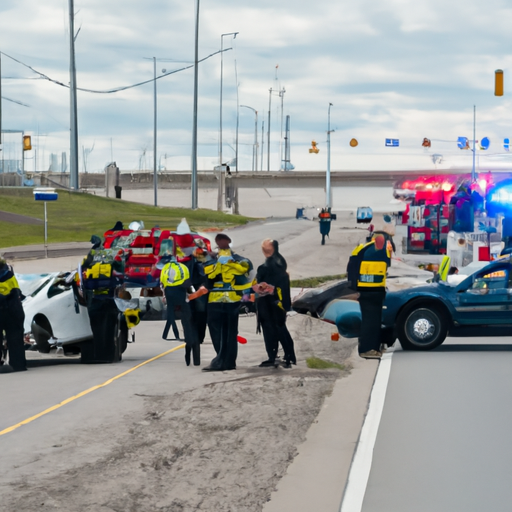The Unseen Harms of Canada’s Opioid Crisis: A Closer Look
In recent years, the Canadian opioid crisis has been widely recognized as an issue necessitating dedicated national attention and strategic action. While this opioid epidemic has tragically claimed many lives and has been a burden on health and social systems, it has also had unexpected ripple effects in public safety and community wellbeing. A stark illustration of these broader implications was reported by CTV News in February 2019: a serious accident on a major highway, allegedly caused by a driver charged with opioid impairment. This incident brings to sharper focus the societal toll of the opioid crisis beyond its more direct victims.
Understanding the Reach of the Opioid Crisis
In essence, the opioid crisis spans well beyond the grim statistics of overdose deaths and addiction. It is a stealthy, pervasive force that impacts Canadians in many walks of life, and from many dimensions. Consider the unsettling fact that a routine commute on Toronto’s Highway 401 could be upended by an opioid-impaired driver, as CTV News reported.
Rise in Crime
The opioid crisis has inherently been tied to a surge in crime across the country, too. Many who are homeless and grappling with addiction resort to crime to finance their dependency, therefore contributing to public safety concerns in urban and residential communities. This has also led to a greater strain on law enforcement resources, meaning that the ripple effects of the opioid crisis extend into realms that we might not have originally considered.
Efforts to Address the Crisis
Given the expansive scope of the opioid crisis, a multi-faceted approach is of course necessary to effectively combat it. Key points to consider are:
- The Canadian opioid abatement class action lawsuit – an attempt to hold pharmaceutical companies accountable for their role in the opioid crisis.
- Availability of naloxone kits – expanding access to this life-saving overdose antidote.
- Treatment services – increasing funding and accessibility of addiction therapy and counselling.
- Law enforcement training – ensuring police are equipped with resources to combat drug-related crime and assist people dealing with addiction.
These measures, while crucial, are just parts of the comprehensive strategy needed to address this public health issue. A societal change in how we perceive addiction, homelessness, and drug-related crimes is needed, too. That will help in fostering a more understanding and compassionate environment to support those struggling with opioid addiction.
Looking Forward
We must never lose sight of the fact that at the heart of the opioid crisis are people. People who are trapped, suffering, and who need help. Raising public awareness about the scale and multifaceted nature of this crisis is a crucial first step toward meaningful and effective solutions that are critical for combating this scourge on society.
Key Takeaways
The opioid crisis is not solely a health issue, but a widespread societal problem with significant implications for public safety and community well-being. No Canadian is immune to its reach or impacts, no matter how indirect. Understanding this broader perspective is critical to driving effective policies, targeted interventions, and public support to creating lasting solutions. It is therefore incumbent upon us, as civic and community leaders, to stay informed, diligent, and compassionate in our efforts to address and combat the Canadian opioid crisis.
